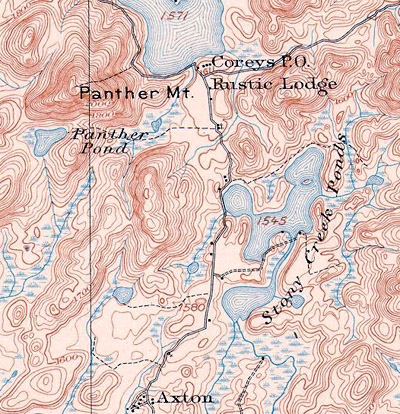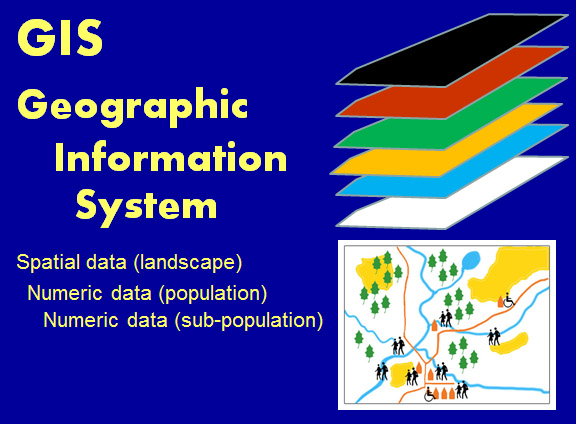US Topographic Map Searches
What is a topographic map? This type of map shows "topography" or surface features of the landscape being depicted on the map. Usual features include elevations, contours of elevation, natural and man-made features, etc.
Underwater "topography" is called "bathymetry" and shows terrain on the bottom of water bodies. If the water were drained away, then the map would show "topography." Searching for bathymetric map in BISON is just like searching for topographic maps.
Topographic Maps: How to Use and Read. This page will describe all that you need to know, including symbols, how to find in BISON, examples, where to purchase, and more.
How do you locate topographic maps? This page explains how to locate and use topo map indexes for USGS topographic maps of the United States and dependencies, and how to use BISON to find topo maps worldwide. It also provides links to other topo map resources.
For US topographic maps, the series is divided into two types: current and historic. This is USGS semantics for topos that are pre-1948 and post-1948. The historic topos were drawn at the scale of 1:63,360, while most current maps are 1:24,000-scale. For some states, specific areas were drawn at 1:25,000-scale (1cm = 1km), while Alaska, because of its size, is completed in several main scales. The entire state was not drawn to the same larger-scale as the 48 conterminous states.
The 24,000-scale is 4 times greater in detail than the historic topos. Comparing these to the older maps, four current maps put together show the same area as 1 historic map. This provides more data and resolution than previously available. For the United States, these are generally the largest scale available (exceptions being some major city maps, commercially-, or municipally-produced maps, etc.).
 USGS Map Indexes are located in the Map Collection on tables near the front of Room 316 Capen. Each state is represented by its own index. USGS Map Indexes are located in the Map Collection on tables near the front of Room 316 Capen. Each state is represented by its own index.
 The indexes are maps that have a grid showing the name and location of each map for that state. Simply locate the place that you want to find, then look up the name that is given in the map drawers. The indexes are maps that have a grid showing the name and location of each map for that state. Simply locate the place that you want to find, then look up the name that is given in the map drawers.
This is all you need to find one-third of the maps in the Collection. Similar map indexes exist for Canadian government-produced topographic maps.
For New York State, a digitized version of the index is on the Map Collection website. You can view this, then select a region to enlarge to find the map titles you need.
Also on the Map Indexes page, are links to other sites that offer electronic map indexes for NYS. Other states are online from USGS and other sources, however, no complete set exists online at this time. Some commercial sites are also providing access to e-versions of the indexes.
To acquire digital topos for other states, Use the Guide: Locating and downloading United States Geological Survey Topographic Maps to help you locate topo maps, in paper and digital formats.
Map indexes for other countries also may be found online to assist in locating maps. |

 USGS Map Indexes
USGS Map Indexes The indexes are maps that have a grid showing the name and location of each map for that state. Simply locate the place that you want to find, then look up the name that is given in the map drawers.
The indexes are maps that have a grid showing the name and location of each map for that state. Simply locate the place that you want to find, then look up the name that is given in the map drawers.

